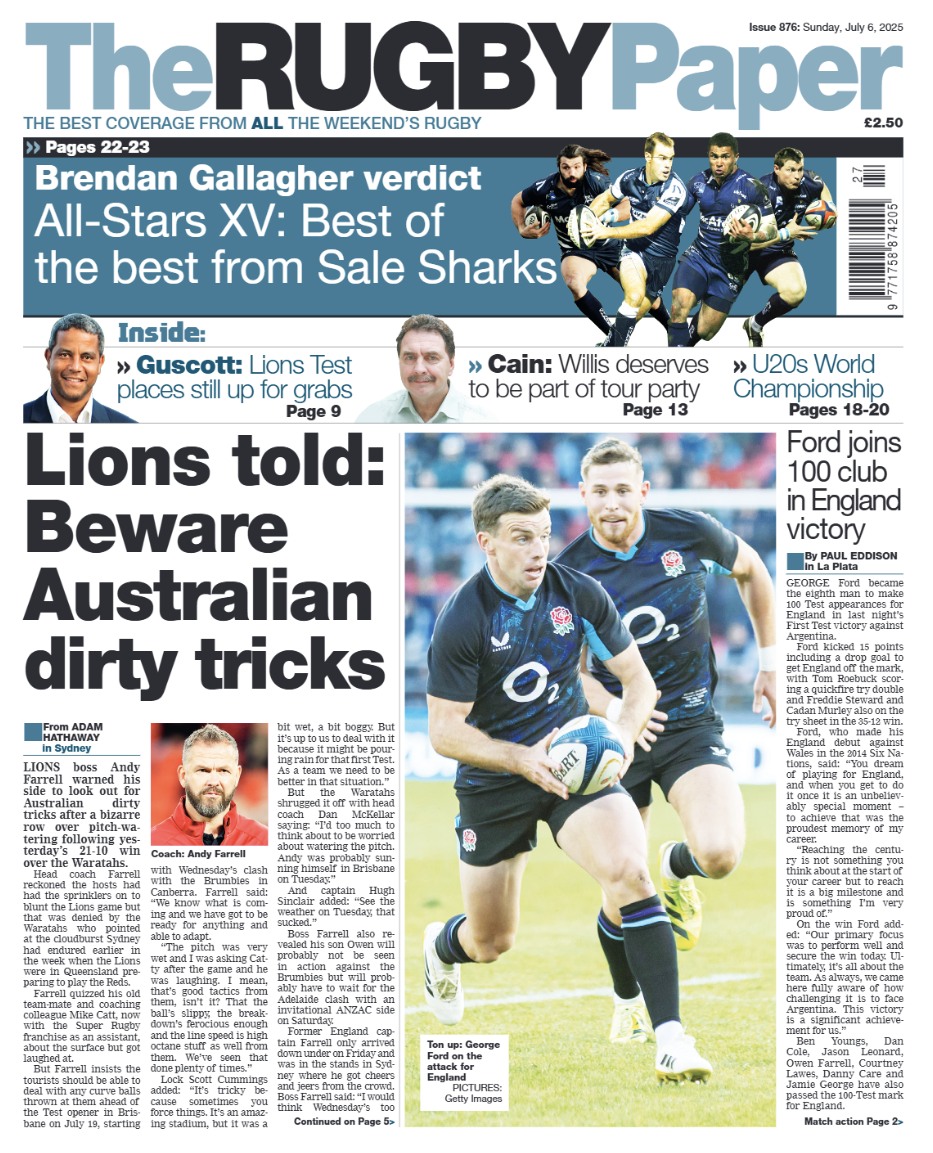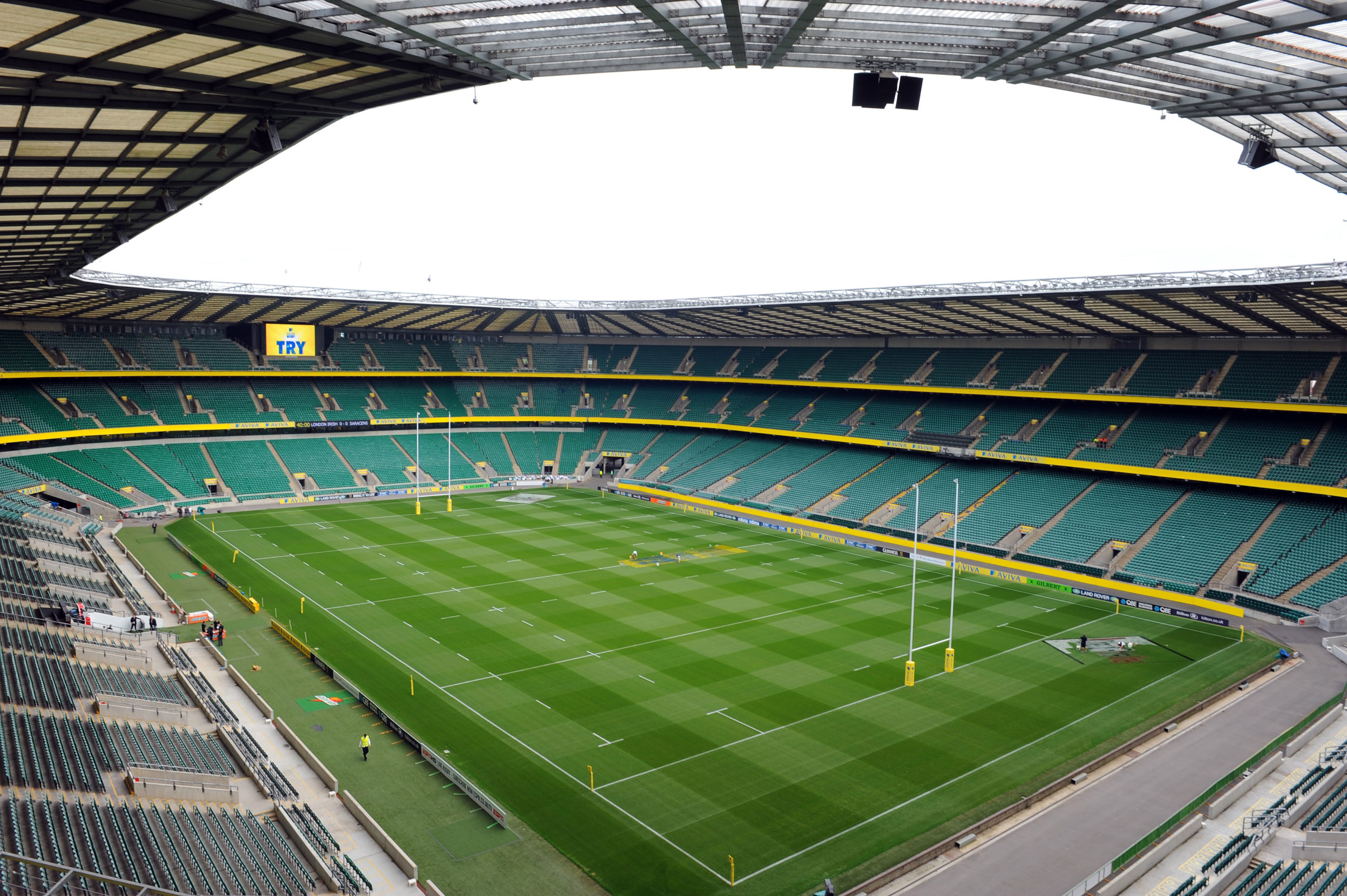
For rugby lovers everywhere, the 2011 Rugby World Cup in New Zealand provided plenty of thrills, edge-of-the-seat excitement and unforgettable memories. There was definitely no shortage of click worthy moments. Amidst all the triumph and fanfare however, one image stood out as a stark reminder of the inherent risks of the game – that unforgettable picture of Welsh player Shane Williams struggling to recover from an injury resulting from a knock to the head during the third-fourth playoff game against Australia.
At that time, in 2011, as many as 56 % of the players stayed on the field even after they were obviously injured. Proper diagnosis and treatment were done only afterwards, at the end of the game.
A few things have changed since then with several organisations pushing for even more changes. Researchers and statisticians have explored and collated plenty of data to build a compelling case for change. But the big question remains – how much can you change in a game whose very appeal lies in its rough play? Take away the daring, dangerous tackles and what you have left is a game that resembles rugby but with only half the excitement.
Still, the pressing question remains – is it worth the risk?
Shane Williams reckons he suffered an average of at least one concussion-type injury every three games. That is scary when you consider that Williams took part in 371 matches during a career that spanned 15 years. Four years after he has retired, he still has frequent headaches and has problems with concentrating.
Rugby midfielder, Shontayne Hape estimates he suffered concussion injuries at least 20 times in his professional rugby league career. He continued playing despite that but finally retired when specialists emphasised the extent of the problem after he suffered serious head knocks during his last game.
Most professional players admit that they feel pressured into returning to action after an injury even when they know deep down that they are not fully fit to get back into the back.
Canadian lock Jamie Cudmore is setting a game-changing precedent by starting legal action against Clermont, his former French club. One of the charges is that Clermont failed to keep him adequately protected from head injury.
Can changes actually be made without changing the nature of the game?
Everyone agrees that it is impossible to ignore the dangers of concussion. Protecting players’ heads is a number one priority. It is unacceptable that players should continue to suffer the consequences.
The World Rugby governing body has a challenging task ahead of them as they explore different ways to keep players safe without taming down the game. Can this work? Only time will tell.
At this moment, one of the rules that are being enforced is that any player that appears to be dazed on the ground must be taken out of the game immediately. They must then undergo a head injury assessment that is done right there and then on the pitch-side.
The World Rugby body is also looking for other ways to reduce the incidence of concussion injuries by changing the tackle laws.
Insurance can be another nightmare for injured players
Getting injured is not the only nightmare that rugby players have to face. Most rugby players are finding it increasingly more difficult to buy regular insurance because of the soaring cost of insurance premiums.
Insurance companies continue to deny that the higher cost of coverage is related to concussion injuries and this has become a contentious grey area because of several factors, one of which is the inability to ‘measure’ the damage done by concussion, and you have to ask, could this open the floodgates to legal firms claiming compensation for all kinds of rugby injuries?
Another point of debate is the fact that career-ending concussion injuries are typically repetitive rather than a one-time event. Most insurance policies are constructed to cover one-off, non-degenerative injuries. This is again another grey area resulting in disagreements over payouts and escalating coverage costs.
There is no substitute for good coaching at all levels
Right now, the best protection for players comes in the form of exemplary coaching at all levels of the game, from professional rugby to junior games played at school level.
The World Rugby body has continuously emphasised the importance of using only highly qualified and motivated coaches to train players at any level. Enthusiastic but unskilled and unqualified parents and teachers may do more harm than good in this area.


International Rugby
Henry Slade pulls out of England’s tour of Argentina and the USA through injury

British and Irish Lions
British and Irish Lions told: Beware Australian dirty tricks

International Rugby
George Ford joins 100 club in England victory over Argentina



















You must be logged in to post a comment Login